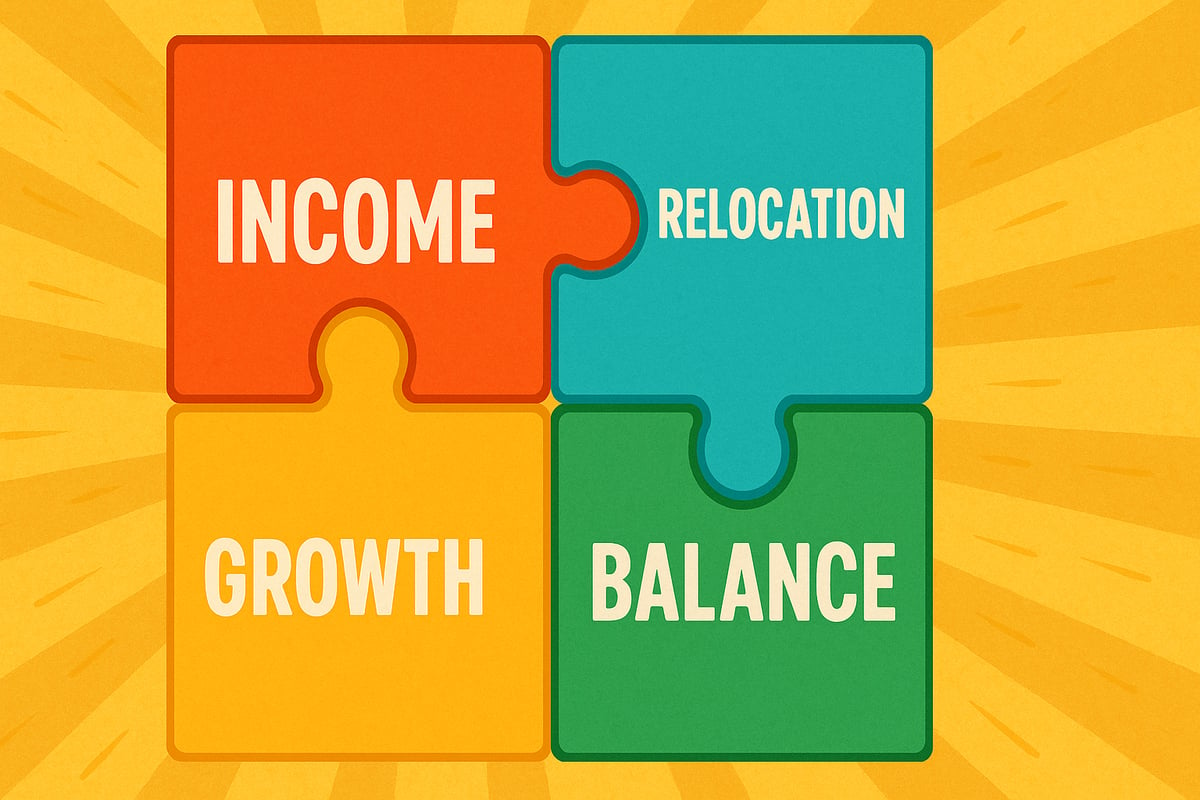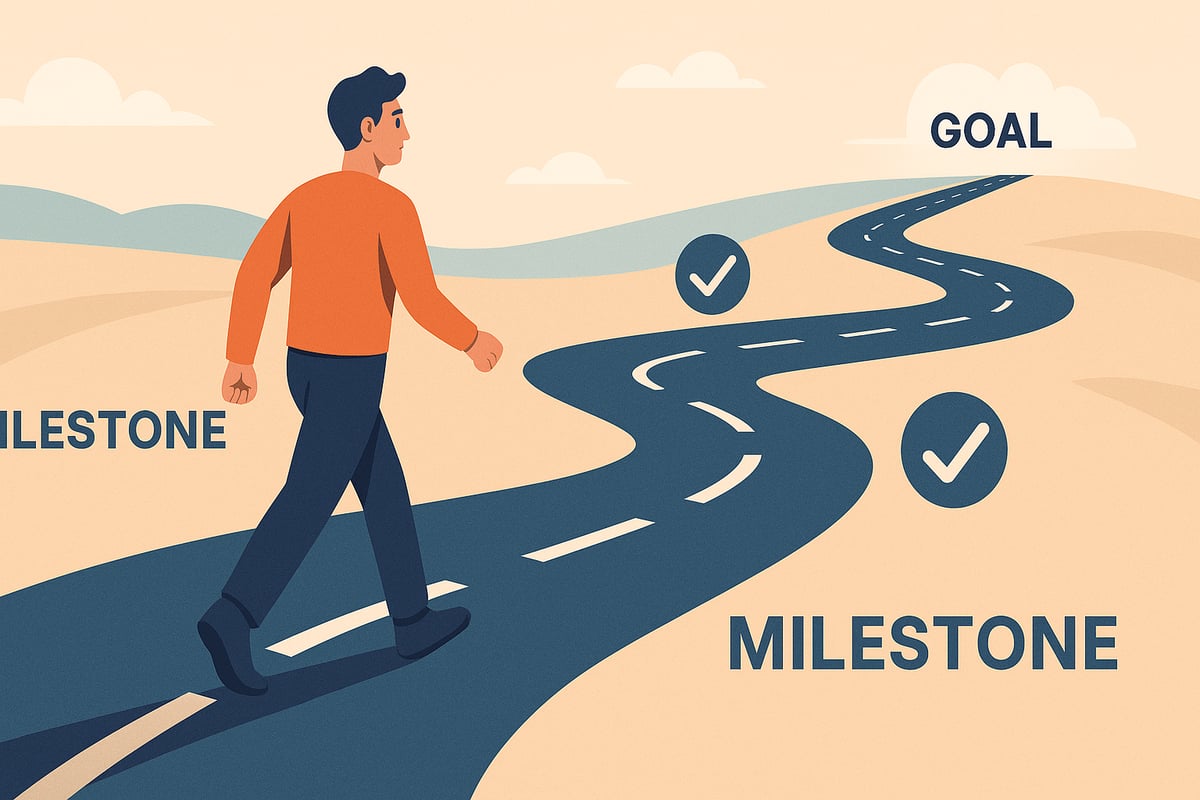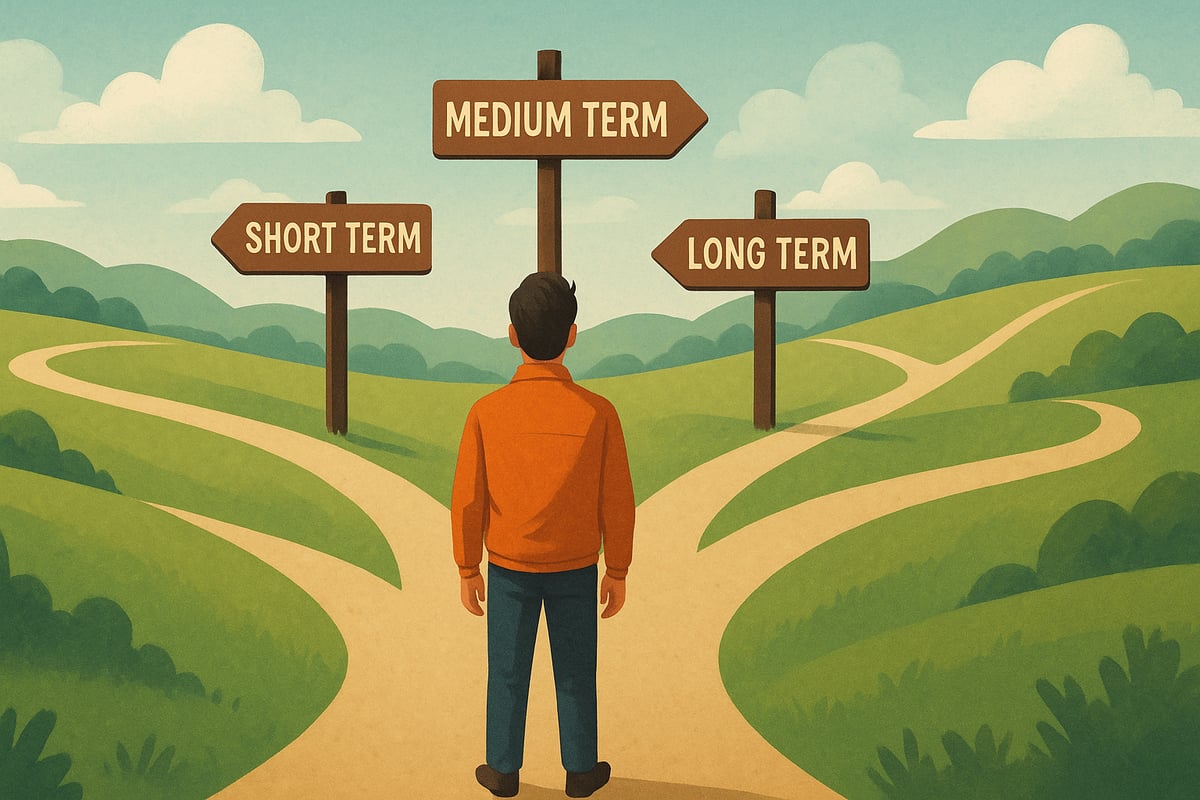After mentoring thousands — yes, literally thousands — of people from every walk of life, from first-year students to C-level executives, there’s one truth that keeps showing up like an uninvited guest at every career conversation:
Most people have a serious disconnect between what they think they want… and what they actually need.
It’s not a small misunderstanding. It’s the kind of gap that eats up years of effort. The kind of gap where you wake up one morning thinking, “I’ve been doing everything I thought was right… so why am I still not where I want to be?”
Let’s fix that.
Needs vs. Wants — The Real Difference
A want is what your eyes go to.
A need is what your life actually requires.
The tricky part? Our minds are wired to chase wants first — they’re shinier, easier to picture, easier to brag about.
Example: You say you want a new pair of jeans. Great. But what you need is clothes that fit you well, make you look confident, and work in both professional and social settings.
Sometimes you get lucky — the first pair fits both the want and the need. But most of the time? You try ten pairs, nothing feels right, and you start doubting yourself instead of the process.
That’s because you’re solving for the wrong thing.
Now — imagine you could extract your true needs before spending all that time, energy, and money chasing wants. Imagine applying that skill not just to jeans, but to job offers, business ideas, even major life choices.
That’s exactly what we’re about to do.
Where This Came From
Almost a year ago, I was in an airport lounge, killing time before a flight. I opened my phone, went live on social media, and walked people through a method I’d been testing.
Not a “cute little hack.” Not a “vision board exercise.”
A practical framework that works whether you’re planning the next 3 months or the next 30 years.
I’ve since used it with mentees all over the globe, and the results? Consistently positive.
Let’s walk through it.
Step 1: Self-Awareness — Know Your Own Game

Look at animals.
They’ve got it easy:
Hungry? Eat.
Thirsty? Drink.
Tired? Sleep.
We humans? We overcomplicate everything. Between a need and the action to fulfill it, we’ve got filters: society, habits, self-image, insecurities, marketing, fear of judgment… the list goes on.
So the first step is stripping all that away.
Do this:
Create a spreadsheet with three sub-sheet
- Short Term — Needs within the next 12 months.
- Medium Term — Needs 2–5 years out.
- Long Term — Needs beyond 5 years
Start with Short Term.
Picture yourself exactly 12 months from now.
Where are you living?
What work are you doing?
What’s your financial situation?
What’s your relationship status?
Write each down as a column.
Now — here’s the gold — use the 5 Whys technique. But don’t stop at 5 if you’re not at the root yet.
Example:
Want: Own a Ferrari. Why? I love speed. Why speed? It’s exciting. Why excitement? The unknown. Why unknown? It makes me learn. Why learn? To be more competitive in job applications.-
See? That’s a completely different driver than someone whose “Ferrari” traces back to “I just like luxury.” Same want. Different need.
Step 2: Prioritization — When Life Makes You Choose

Once you’ve found your root needs, you’ll have more than one. And life will absolutely force you to pick between them.
Sort them. I like the Eisenhower Matrix for importance vs. urgency.
For “importance,” try an ROI lens — but not just financial ROI. This could be growth, freedom, lifestyle upgrade, influence. Define your metric clearly.
By the end, you should have a ranked list of what actually matters most to you.
Step 3: Grouping — Work Smarter

For each need, list 3–5 ways to fulfill it.
Example: “Increase income” as a software engineer:
- Get promoted.
- Move to a higher-paying company.
- Add a part-time role.
- Freelance.
- Launch a side business.
Now — spot overlaps.
Maybe “move to a higher-paying company” also fulfills “relocate abroad.”
The moment you see one action solving two or three needs at once, you’ve hit an efficiency jackpot.
Step 4: Action Plan — The Engine Room

Here’s where you stop planning and start moving.
Step A:
Pick the high-leverage actions — those that fulfill multiple needs — unless their combined cost (time, energy, money) is higher than separate actions.
Step B:
Map each action with:
- Timing: Start and finish dates.
- Definition of Done: Even if it’s not perfect.
- Definition of Success: Even if the journey’s incomplete.
- Dependencies: Who or what you rely on.
- Milestones: Checkpoints to track progress.
Step 5: Move Next — Keep the Machine Running

When you wrap up your Short Term plan, the results become the starting point for your Medium Term plan.
That’s how you create a rolling system — always feeding your next stage with real, measurable outcomes from the last one.
Final Word — Why This Works Everywhere

I’ve run this framework with people in tech, finance, healthcare, art, sports — you name it. From fresh graduates hunting for their first opportunity to executives steering multi-million-dollar operations.
The feedback is almost always the same:
“This finally makes my decisions feel like they’re adding up to something bigger.”-
And that’s the point.
Because if you don’t separate your wants from your needs, you’re not driving your career — you’re spinning the wheel and hoping the road magically takes you somewhere good. In today’s fast-moving world, hope is not a strategy.
What you need is clarity, structure, and a system that evolves with you. That’s what this process gives you. It doesn’t just help you make better decisions now — it teaches you how to keep making better decisions for the rest of your career, no matter how many crossroads you face.







